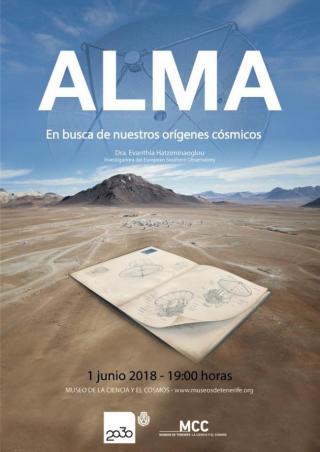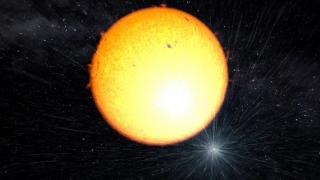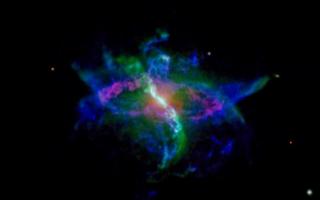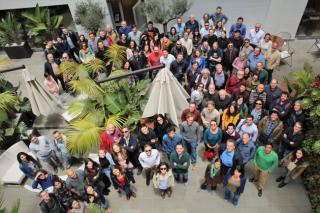
Evanthia Hatziminaoglou, support astronomer at the Atacama Large Millimetre/Submillimetre Array (ALMA) will give an outreach lecture on Friday June 1st at 19:00 in the Museum of Science and the Cosmos of Museums of Tenerife, in which she will talk about the details of this great radioastronomical project.
Advertised on




